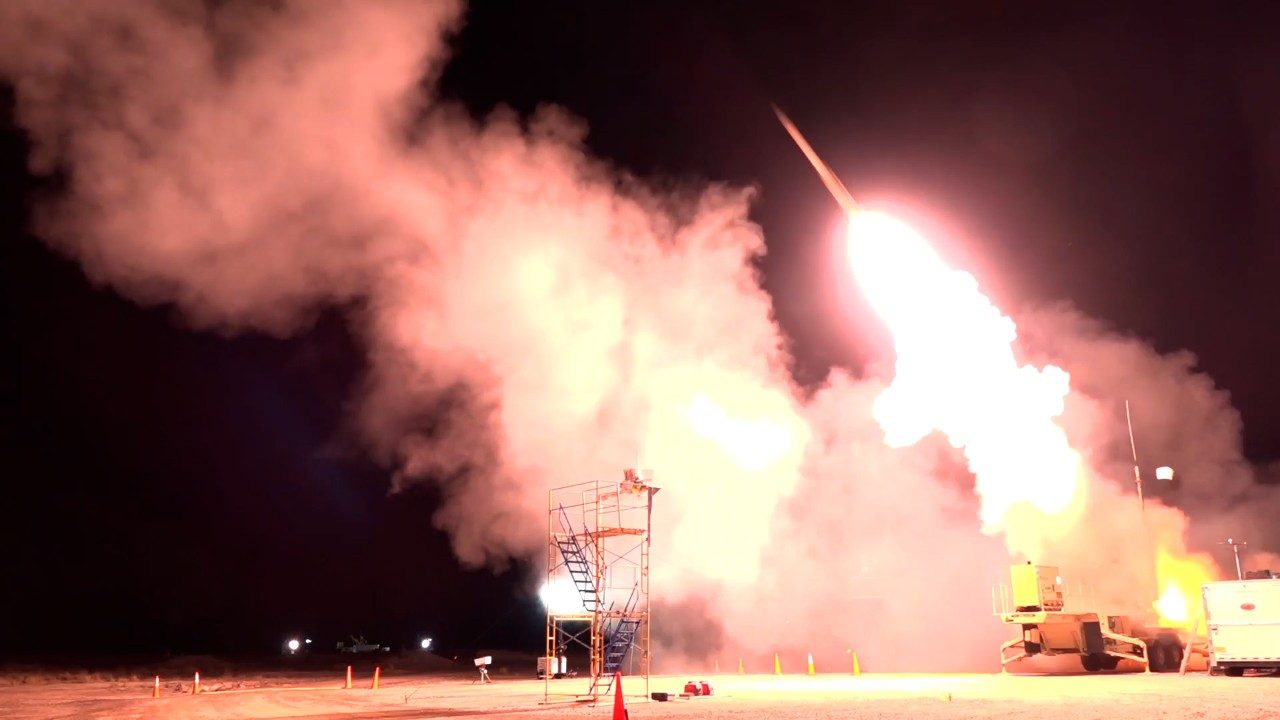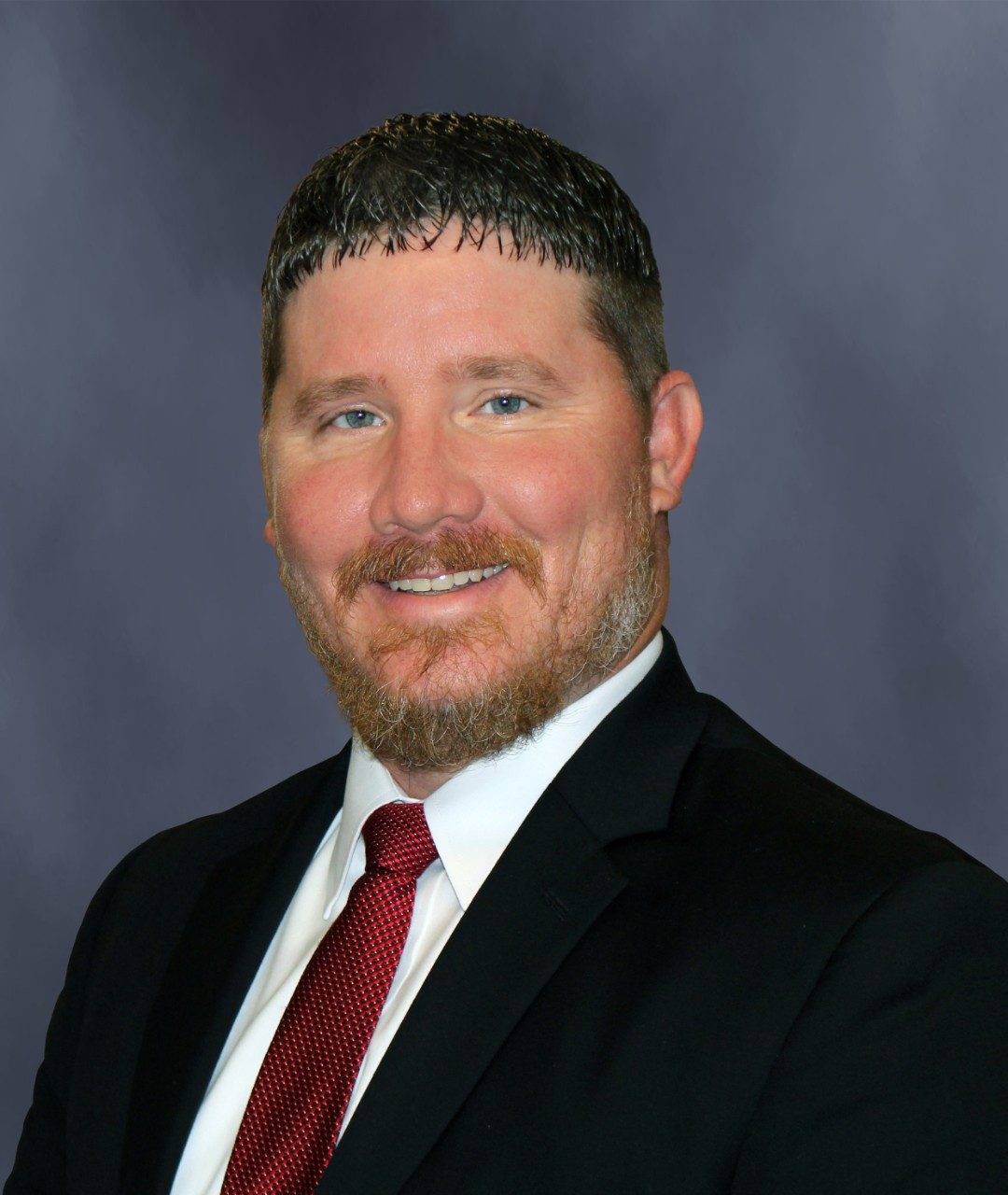The capabilities of two storied and proven missile defense systems just got even better.
Lockheed Martin teams have raced the clock to successfully integrate the Terminal High Altitude Area Defense (THAAD) Weapon System with the PAC-3 Missile Segment Enhancement (MSE). The integration brings new and far-reaching capabilities by expanding the defended area and providing flexibility for the warfighter.
Now, the U.S. Army can attach a Patriot launcher with PAC-3 MSE missiles into a THAAD battery – enabling full use of MSE’s kinematic capability with the range of the THAAD radar. Integration into the THAAD Weapon System allows the PAC-3 MSE interceptor to launch earlier, greatly expanding the MSE defended area.
“You can see it in our team and externally, we’re taking pride in the fact we’re providing the warfighter with a key capability that can improve their ability to defend us and our allies. Everyone on the program has a sense of pride in what we are accomplishing and the improvement we are able to provide,” said Josh Watson, Lockheed Martin chief systems engineer.

Paving the Way for Future Integration
During a 2020 flight test, the Patriot Weapon System used THAAD data to initiate an engagement with a PAC-3 MSE interceptor and successfully intercepted a target.
In a February 2022 test, the team launched a PAC-3 MSE using the THAAD Weapon System against a simulated target. Unlike previous tests involving PAC-3 MSE and THAAD, this test was conducted organically by the THAAD Weapon System.
In the most recent test, the THAAD system successfully launched a PAC-3 MSE to intercept a tactical ballistic missile target using proven Hit-to-Kill technology without the support of a Patriot fire unit.
“It paves the way for future opportunities to combine weapon systems and the first time for a single Army battery in multiple battlespaces,” Watson said. “The battle manager can smartly choose between a PAC-3 MSE or THAAD interceptor, while at same time defending a larger battlespace.”



No Easy Task
As they’ve wrangled two programs’ teams and collaborated with multiple customer agencies and other defense contractors, the team has learned communication is key – not only within the teams but to the machines themselves.
The teams spent months understanding flow down, from the algorithm side to ground systems side to missiles side. Then they developed multiple simulation products to support and test out algorithms to make sure it worked properly before technical and hardware designs.
As with any capability advancement, there have been challenges, but testing helps ensure these critical capabilities will work when our military and allies need them. In a February 2020 flight test of the adjacent PAC-3 MSE Patriot launch on THAAD data capability, an intercept was not achieved due to an interceptor software upgrade error. The team corrected the error and celebrated a subsequent successful intercept in October 2020.
Facing a rapid development schedule only got more complicated when the global pandemic hit in 2020. However, the THAAD and PAC-3 MSE teams said guidance from leadership has helped smooth out the challenges.
“The program leadership across disciplines helps foster desire and helps with challenging deadlines; there’s support system there,” said James Legg, Lockheed Martin THAAD PAC-3 MSE chief engineer. “If something goes wrong, there’s a whole team to help down in the weeds together and working toward common goal. As engineers, we like to solve challenges, that’s why a lot of us get into what we do. There are a lot of technical challenges doing stuff for the first time. With a tight schedule, each day is never the same.”
Jessica Stilwell, associate manager for the Lockheed Martin Tactical Software Test and Emulation Center of Excellence, said the deadline’s speed also allowed some of the more junior engineering staff to learn from the ground up and serve as key contributors.
“We’ve seen a lot of engineering growth happening and stepping up to the plate earlier and earlier,” she said. “This work is extremely exciting, and it’s just cool. We have amazing engineers and many people willing to work harder. It helps fuel us. “




